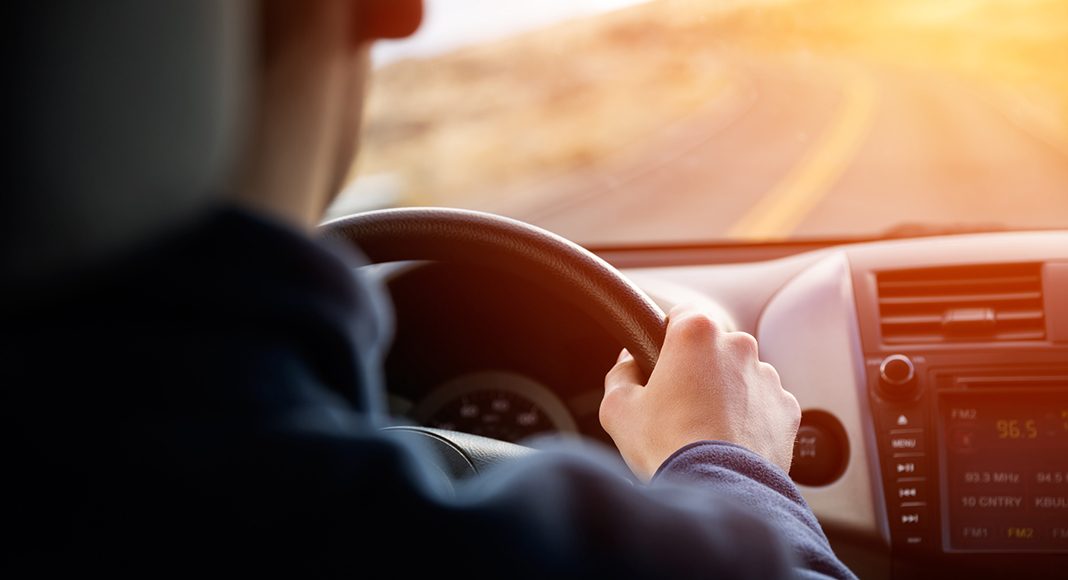What does it take to give up distracted driving for good? According to eDriving’s award-winning Brain Scientist Advisor Paul Atchley Ph.D., accepting the facts is the first step. Here, in this final instalment of our Seven Stages of Distraction Denial series, Dr. Atchley shares his top tips for resisting the temptation to drive distracted.
Stage 7: Accepting the facts
How easy is it for drivers to give up their phones?
While only around 10 percent of people are probably truly addicted to their phones, we are all compelled by the information they provide. So giving up a phone is not easy for anyone.
What’s the first step in giving up distracted driving for good?
The first step is acknowledging that you cannot drive safely using a phone in any manner. As long as you think “I can sometimes drive safely with a phone”, then you are giving yourself permission to drive distracted almost any time.
What practical steps can people take to avoid distracted driving in the long-term?
When you enter a car to drive, think about where your phone is. Ask yourself “Do I have it someplace accessible because I know I might want to use it?” And if you say “Yes” ask yourself “Do I want to drive like a drunk-driver today? If I crash, who would be left wondering what happened to me?”
To learn more about this stage and all Seven Stages of Distraction Denial, view eDriving’s webinar with Dr. Atchley in which he provides further insights and tips for avoiding distracted driving.
Previous stages
Distraction Denial Stage 1: I am a better driver than most
Distraction Denial Stage 2: I am really good at multitasking
Distraction Denial Stage 3: It’s OK to text at stoplights
Distraction Denial Stage 4: Hands-free calls are OK
Distraction Denial Stage 5: My car’s technology makes me safe
Distraction Denial Stage 6: I can’t afford to lose the productivity, I’ll take the risk



















